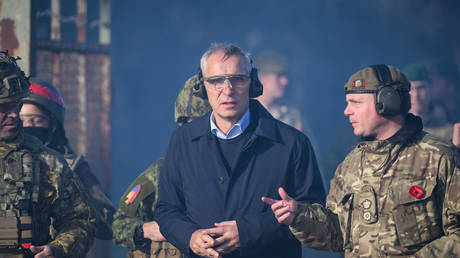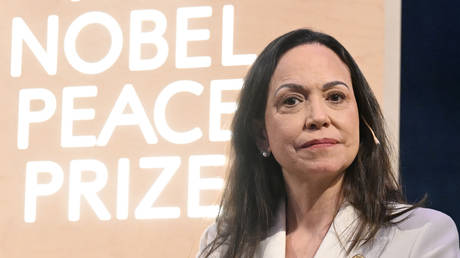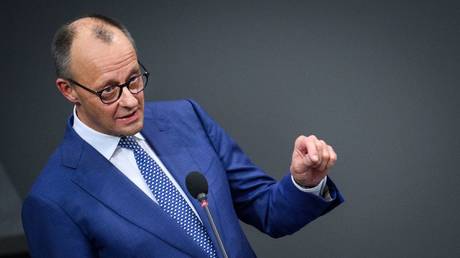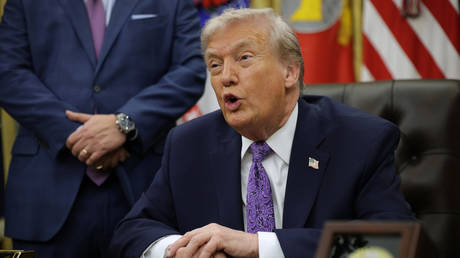
The bloc leader’s warning comes after Russia’s withdrawal from Kherson
While NATO Secretary-General Jens Stoltenberg hailed Russia’s retreat to the left bank of the Dnieper River as a victory for Ukraine on Wednesday, he nevertheless urged the West not to dismiss Moscow’s potential for a comeback.
Asked about Russia’s announcement of troop withdrawal from Kherson, Stoltenberg praised Kiev’s forces for their ability to “liberate more Ukrainian territory,” while making sure to credit “the support they receive from the United Kingdom, from NATO allies and partners” as “essential.”
“We have seen the announcement, but we will of course, wait and see what actually happens on the ground,” he told journalists in London on Wednesday.
“But we should not underestimate Russia, they still have capabilities,” the NATO leader added in a separate interview with Sky News. “We have seen the drones, we have seen the missile attacks. It shows that Russia can still inflict a lot of damage.”
Despite repelling a major offensive by Ukrainian forces on Tuesday, Russian General Sergey Surovikin opted to withdraw troops from Kherson across the Dnieper on Wednesday, explaining that Russia’s interests were best served by establishing defenses on the river’s left bank to avoid encirclement. He reasoned that should Kiev succeed with its suspected plans to blow up the Kakhovskaya dam, which has been bombarded with missiles for over a month, the resulting flooding would cause massive casualties among the civilians and military alike, in the region that overwhelmingly voted to join Russia in September.
Russian forces have been evacuating the civilian population of Kherson for weeks while the Ukrainian military “indiscriminately” shelled the region’s capital, and Surovikin argued that it was all but impossible to supply the area under such heavy fire. Over 115,000 residents have been relocated from the right bank, the general said.
Despite continuing to insist it is not involved in the Ukraine conflict directly, NATO member states have been supplying weapons to Ukraine since the start of the Russian offensive. NATO has also built up its forces along Russia’s western borders to over 30,000 troops, according to Russian Defense Minister Sergey Shoigu.
Stoltenberg has vowed to increase the size of its “rapid-response force” to over 300,000, as the western military alliance affirmed Russia as “the most significant and direct threat” to peace and security in its chief strategic document, which was updated in June.




